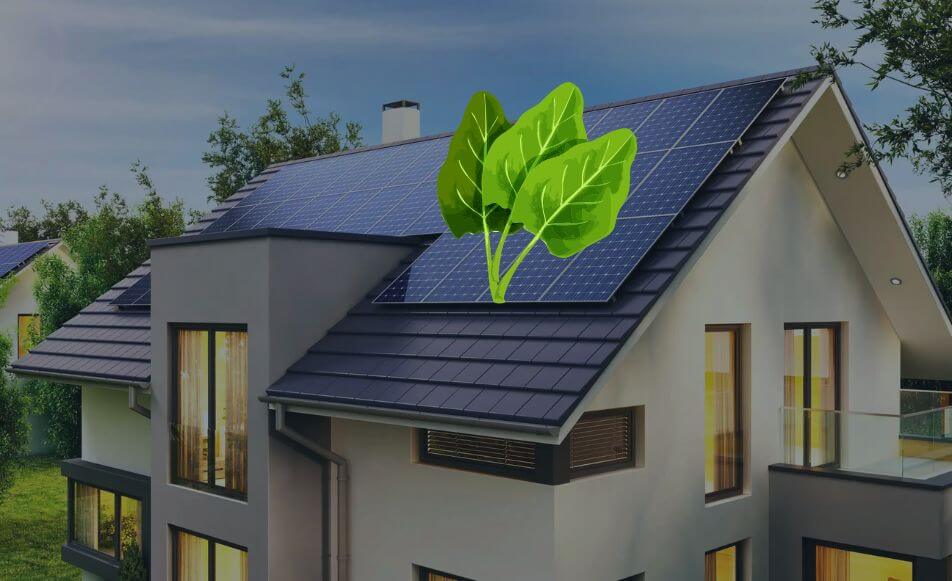environmentally
Energy for a sustainable and environmentally friendly society.
Maecenas finibus ligula vel pharetra scelerisque duis semper ex in erat mattis dapibus nunc sem eros dapibus quis faucibus eget vestibulum quis magna.
Save your money
Maecenas finibus ligula vel pharetra scelerisque duis semper ex in erat.
Certified Engineers
Maecenas finibus ligula vel pharetra scelerisque duis semper ex in erat.
Consultation & Planning
Maecenas finibus ligula vel pharetra scelerisque duis semper ex in erat.
Best Energy company and award
benefit from almost 20 years of experience.
How It work
Our company makes it easy for you to work on your project
Lorem ipsum dolor sit amet, consectetur adipiscing elit. Pellentesque sit amet iaculis diam.
find the best location
Lorem ipsum dolor sit amet consectetur adipiscing elit sit amet iaculis diam duis pretium eu.
estimate cost for the project
Lorem ipsum dolor sit amet consectetur adipiscing elit sit amet iaculis diam duis pretium eu.
Project Work Execution
Lorem ipsum dolor sit amet consectetur adipiscing elit sit amet iaculis diam duis pretium eu.
Launch prototype project
Lorem ipsum dolor sit amet consectetur adipiscing elit sit amet iaculis diam duis pretium eu.
What to Expect
Learn about the installation process
Get informed about the installation process for our solar panels.
1. Solar Engineer's Survey
In depth technical solar survey carried out by a professional solar qualified engineer.
2. Personalized Solar System
Detailed design and specification of the solar system suited to your needs.
2. Scaffolding installation planning
Scaffolding erected (if required) at a time and date agreeable with yourselves.
4. Installation & Construction
Installation (usually completed within 1-2 days) site permitting. All testing and commissioning. Monitoring platform built. Start generating electricity.
5. Scaffold Erection
Once you are happy with the installation the scaffolding will be arranged to be struck.
6. Paperwork handover
- MCS
- Electrical certificate
- Building control notification
- Insurance backed by 'HIES'
- DNO notification (if required)
Let's start project & Check Our price
Area’s Nearby Canvey Island We Cover
Interesting Facts About Canvey Island
History of Canvey Island
Excavations on Canvey have unearthed a collection of early man-made objects comprising axes from the Neolithic era, a bracelet dating from the Bronze Age, and Iron Age pottery. However, the remains of Roman structures and objects suggests the first settlement of Canvey occurred between AD 50 and 250. The remains point to a community existing with a farmstead, a garrison, a burial ground, and the operation of a large salt-making industry (revealed by the existence of several red hills).
The discovery of a Roman road found to terminate 109 yards (100 m) across the creek in neighbouring Benfleet suggests a means may have existed to facilitate the salt’s distribution to Chelmsford and Colchester, and the recovery of rich items of pottery and glassware of a variety only matched elsewhere by excavations of port facilities suggests the Romans may also have exploited Canvey’s location in the Thames for shipping.
General Info
Canvey Island is a town, civil parish and reclaimed island in the Thames estuary, near Southend-on-Sea, in the Castle Point district, in the county of Essex, England. It has an area of 7.12 square miles (18.44 km2) and a population of 38,170. It is separated from the mainland of south Essex by a network of creeks. Lying only just above sea level, it is prone to flooding at exceptional tides and has been inhabited since the Roman conquest of Britain.
The island was mainly agricultural land until the 20th century, when it became the fastest-growing seaside resort in Britain between 1911 and 1951. The North Sea flood of 1953 devastated the island, killing 58 islanders and leading to the temporary evacuation of the 13,000 residents. Canvey is consequently protected by modern sea defences comprising 2 miles (3.2 km) of concrete sea walls.


